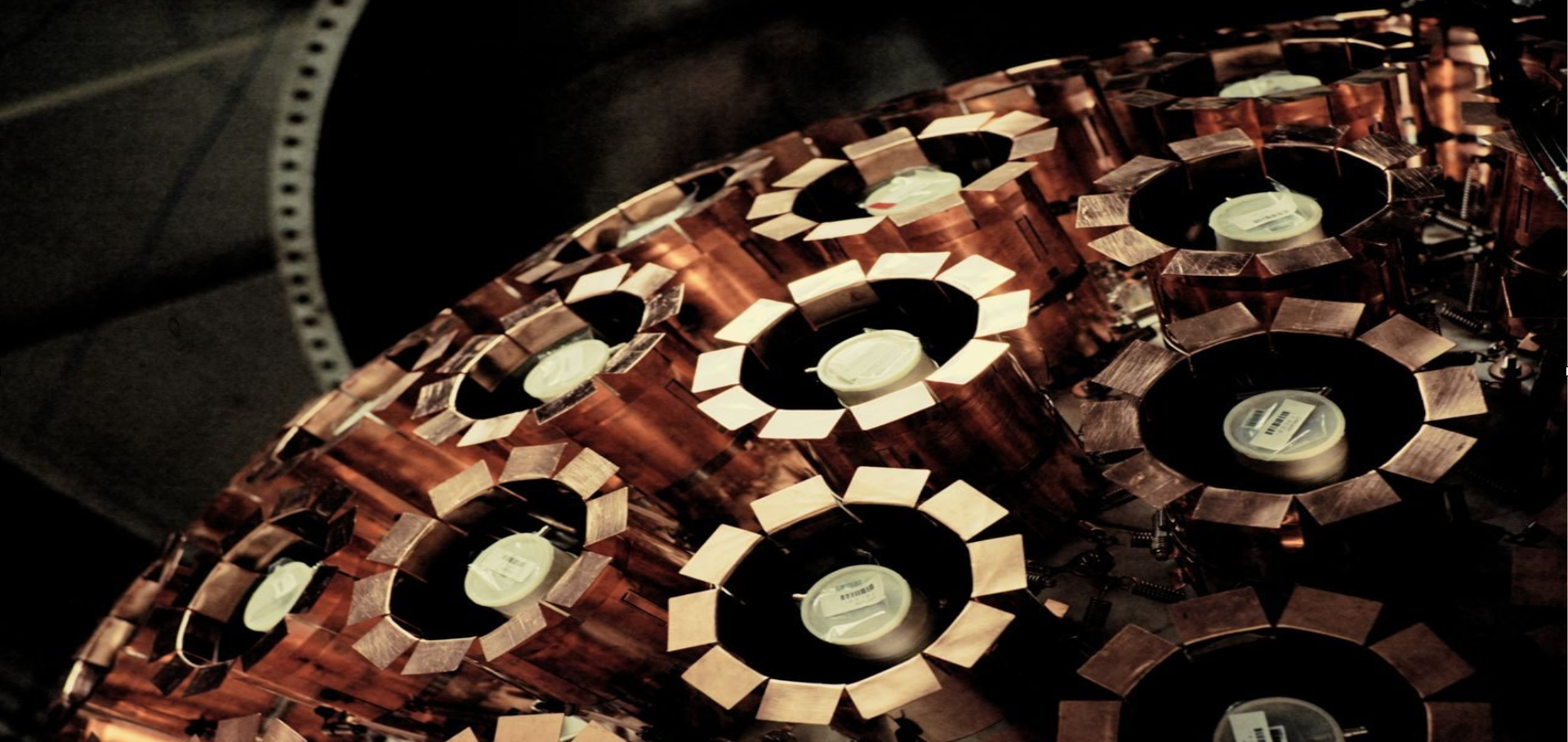Sensitivity of future liquid argon dark matter search experiments to core-collapse supernova neutrinos
Journal of Cosmology and Astroparticle Physics IOP Publishing 2021:03 (2021) 043
Authors:
P Agnes, S Albergo, IFM Albuquerque, T Alexander, A Alici, AK Alton, P Amaudruz, S Arcelli, M Ave, I Ch Avetissov, RI Avetisov, O Azzolini, HO Back, Z Balmforth, V Barbarian, A Barrado Olmedo, P Barrillon, A Basco, G Batignani, A Bondar, WM Bonivento, E Borisova, B Bottino, MG Boulay, G Buccino, S Bussino, J Busto, A Buzulutskov, M Cadeddu, M Cadoni, A Caminata, N Canci, G Cappello, M Caravati, M Cárdenas-Montes, M Carlini, F Carnesecchi, P Castello, S Catalanotti, V Cataudella, P Cavalcante, S Cavuoti, S Cebrian, JM Cela Ruiz, B Celano, S Chashin, A Chepurnov, E Chyhyrynets, C Cicalò, L Cifarelli, D Cintas, F Coccetti, V Cocco, M Colocci, E Conde Vilda, L Consiglio, S Copello, J Corning, G Covone, P Czudak, S D'Auria, MD Da Rocha Rolo, O Dadoun, M Daniel, S Davini, A De Candia, S De Cecco, A De Falco, G De Filippis, D De Gruttola, G De Guido, G De Rosa, M Della Valle, G Dellacasa, S De Pasquale, AV Derbin, A Devoto, L Di Noto, C Dionisi, P Di Stefano, G Dolganov, F Dordei, L Doria, M Downing, T Erjavec, M Fernandez Diaz, G Fiorillo, A Franceschi, D Franco, E Frolov, N Funicello, F Gabriele, C Galbiati, M Garbini, P Garcia Abia, A Gendotti, C Ghiano, RA Giampaolo, C Giganti, MA Giorgi, GK Giovanetti, V Goicoechea Casanueva, A Gola, R Graciani Diaz, GY Grigoriev, A Grobov, M Gromov, M Guan, M Guerzoni, M Gulino, C Guo, BR Hackett, A Hallin, M Haranczyk, S Hill, S Horikawa, F Hubaut, T Hugues, EV Hungerford, An Ianni, V Ippolito, CC James, C Jillings, P Kachru, AA Kemp, CL Kendziora, G Keppel, AV Khomyakov, S Kim, A Kish, I Kochanek, K Kondo, G Korga, A Kubankin, R Kugathasan, M Kuss, M Kuźniak, M La Commara, M Lai, S Langrock, M Leyton, X Li, L Lidey, M Lissia, G Longo, IN Machulin, L Mapelli, A Marasciulli, A Margotti, SM Mari, J Maricic, M Martínez, AD Martinez Rojas, CJ Martoff, A Masoni, A Mazzi, AB McDonald, J Mclaughlin, A Messina, PD Meyers, T Miletic, R Milincic, A Moggi, A Moharana, S Moioli, J Monroe, S Morisi, M Morrocchi, EN Mozhevitina, T Mróz, VN Muratova, C Muscas, L Musenich, P Musico, R Nania, T Napolitano, A Navrer Agasson, M Nessi, I Nikulin, J Nowak, A Oleinik, V Oleynikov, L Pagani, M Pallavicini, L Pandola, E Pantic, E Paoloni, G Paternoster, PA Pegoraro, K Pelczar, LA Pellegrini, C Pellegrino, F Perotti, V Pesudo, E Picciau, F Pietropaolo, C Pira, A Pocar, DM Poehlmann, S Pordes, SS Poudel, P Pralavorio, D Price, F Raffaelli, F Ragusa, A Ramirez, M Razeti, A Razeto, AL Renshaw, S Rescia, M Rescigno, F Resnati, F Retiere, LP Rignanese, C Ripoli, A Rivetti, J Rode, L Romero, M Rossi, A Rubbia, P Salatino, O Samoylov, E Sánchez García, E Sandford, S Sanfilippo, D Santone, R Santorelli, C Savarese, E Scapparone, B Schlitzer, G Scioli, DA Semenov, B Shaw, A Shchagin, A Sheshukov, M Simeone, P Skensved, MD Skorokhvatov, O Smirnov, B Smith, A Sokolov, A Steri, S Stracka, V Strickland, M Stringer, S Sulis, Y Suvorov, AM Szelc, R Tartaglia, G Testera, TN Thorpe, A Tonazzo, S Torres-Lara, A Tricomi, EV Unzhakov, G Usai, T Vallivilayil John, T Viant, S Viel, A Vishneva, RB Vogelaar, M Wada, H Wang, Y Wang, S Westerdale, RJ Wheadon, L Williams, Ma M Wojcik, Ma Wojcik, X Xiao, C Yang, Z Ye, A Zani, A Zichichi, G Zuzel, MP Zykova


